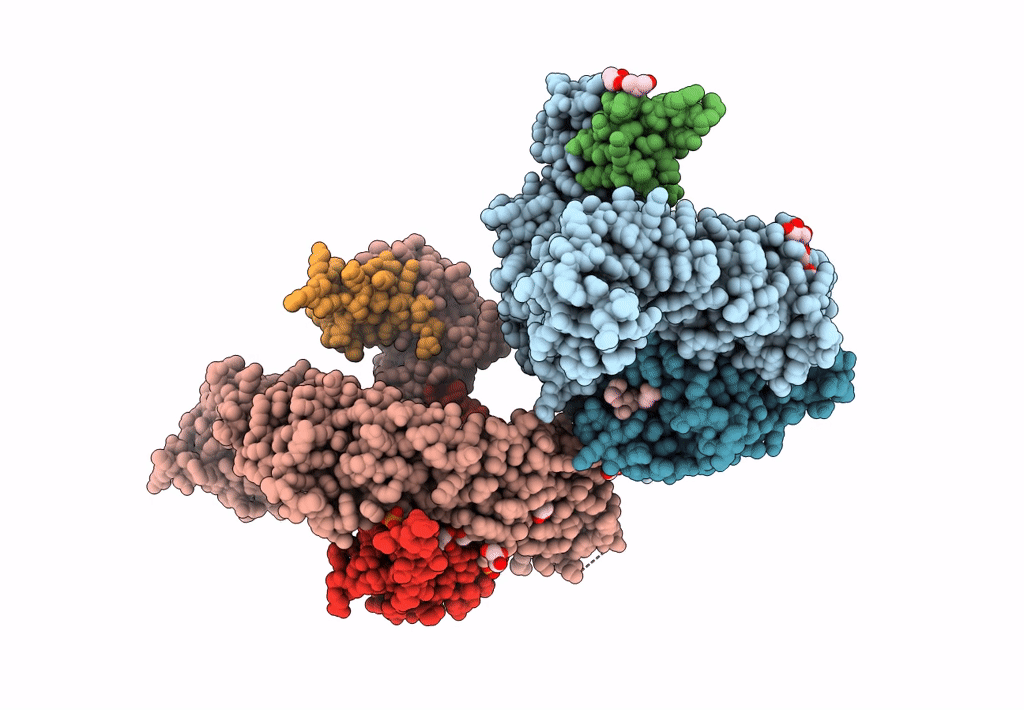
Deposition Date
2017-04-10
Release Date
2017-06-14
Last Version Date
2024-11-13
Entry Detail
Biological Source:
Source Organism:
Chaetomium thermophilum (strain DSM 1495 / CBS 144.50 / IMI 039719) (Taxon ID: 759272)
synthetic construct (Taxon ID: 32630)
synthetic construct (Taxon ID: 32630)
Host Organism:
Method Details:
Experimental Method:
Resolution:
2.60 Å
R-Value Free:
0.21
R-Value Work:
0.16
R-Value Observed:
0.16
Space Group:
P 1 21 1


